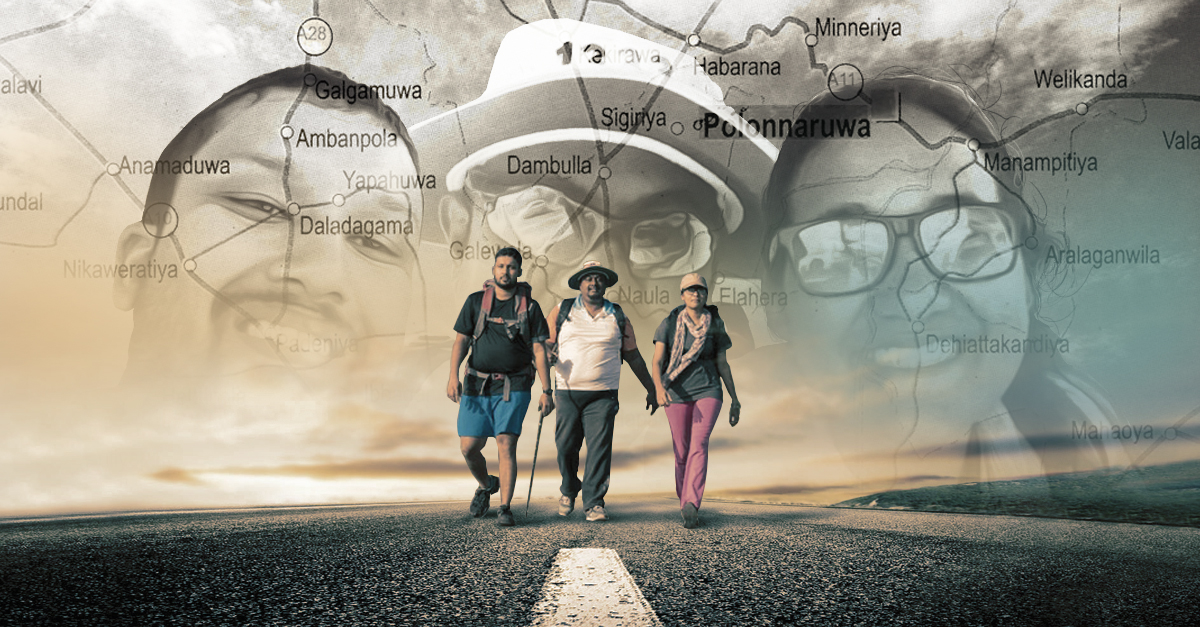
Note: This article mentions depression and suicide. If you feel you are in crisis or are concerned about someone likely to attempt suicide, talk to Sumithrayo (011 269 6666), Shanthi Maargam (0717639898) or CCCLine (1333).
“Imagine you were a fifteen-year-old girl—just a child—and being in such a state of mind that you would rather burn yourself alive than face another day.”
Ranil Thilakaratne tells us this distressing account of a teenager in a small town near Puttalam, who poured kerosene over her body and then set herself alight. It was because she had been raped, and had no one to turn to. “Even after she was brought to the hospital, she still would not tell anyone that she was raped,” he tells us. “Imagine burning yourself because you know that if you go home, you would have to face the usual stigma and rejection from your family and community.”
It is a horrifying tale, but just one of the many that take place in Sri Lanka, which has had high rates of suicide for decades. It is also one of the stories that Thilakaratne from counselling helpline CCCline, along with counselling psychologist Nivendra Uduman and psychologist trainee Sara Nazoor, came across while on their recently concluded, 73-day-long walk around the coastal belt of the island.
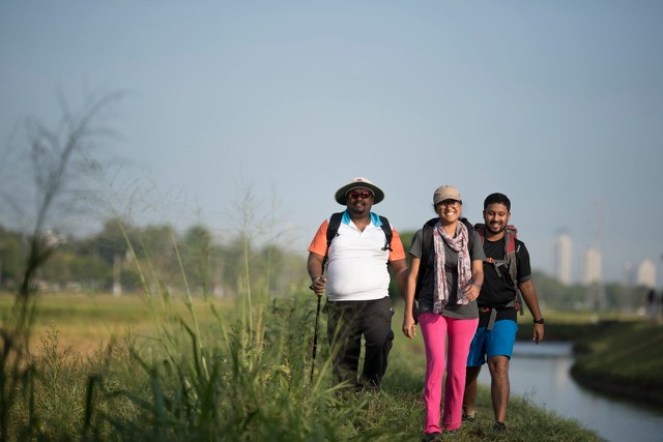
This second Footsteps to Freedom initiative was focused on suicide prevention, and according to Uduman, who initiated the campaign two years ago, it was an attempt to shatter the stigma around mental health and spread awareness about suicide. Circumnavigating the island on foot was not an easy task — the trio faced down intense heat, rains, muscle spasms and even encountered occasional verbal abuse from passers-by — but they also did not expect to chance upon so many eye-opening revelations the minute they left Colombo.
“We came upon so many stories while we were out there,” says Nazoor. “Some of them found happy endings, and others did not. Some we left at a cliffhanger – we do not know how they turned out.”
Unexpectedly, while they set out to focus on suicide prevention, suicide was just one of many issues that surfaced while they were on their journey. “Disability, psychosocial concerns, sexual problems…we came across a lot of other issues as well,” Uduman tells us. “This walk was more than just about mental health.”
These are some of the stories, insights and questions these three activists brought back with them.
Depression, Suicide And Timely Intervention

Sri Lanka is no stranger to strife. The damage left behind by events such as the civil war and natural disasters has been catastrophic, but some of the most prominent scars are the psychological ones which the affected people have had to bear. Most of these people have gone undiagnosed and unaided simply because they were not even aware that they needed help.
Uduman met one such woman by chance in Hambantota while on the walk. She was a caregiver in a home for visually impaired people which they visited. “From what I gathered, she has probably been living with depression for about twenty years,” he said. Speaking to her, he learned that the woman had experienced great grief during the 2004 tsunami, but had received no help for her mental wellbeing. “She didn’t even know that she had depression. No one understood her.”
Uduman, Nazoor and Thilakaratne ran into victims like these in three ways. “During our sessions, we always made sure we watched people very carefully,” Uduman tells us. “We could see when certain individuals were very affected by what we were saying — we noticed tears rolling down their cheeks or them getting visibly distressed.”
When this happened, they made it a point to talk to these people after the session and ensure that they got the help they need. Sometimes, people sought the trio out when they learned what they they are doing, and at other times, they simply ran into them in the most unexpected places – such as the man in the thambili shop.
“We encountered him when we were walking to Buttala,” Nazoor explains, describing how it had been one of those unbearably hot days of the walk. Feeling dehydrated and exhausted, the three of them had stopped at a small thambili (king coconut) stall by the road. During a conversation with the owner of the stall, they had told him about their mission.
“And just like that, without any preamble at all, the man said, ‘Sir, this is exactly how I too feel. I want to take my life’,” Uduman says. It turned out that the man had been having health problems, and overwhelmed with the worry of not being able to work, he had been having thoughts of suicide.
Thilakaratne and Uduman spent about an hour speaking to him, and providing him with mental first aid and then later brought him to the Buttala hospital where they conducted one of their sessions. They also came up with a plan by which he could find assistance for himself.
“He will be coming to Colombo one of these days for further treatment,” Thilakaratne tells us, adding that this was one of the stories that had the potential to end well..
The Differently Abled And Mental Health; How Disabled-Friendly Is Sri Lanka?

Nazoor tells us of a small organization in Koggala dedicated to the hearing impaired, which has been in operation for 22 years. Recognising their need for specialised services, Uduman, Thilakaratne and Nazoor made one of their impromptu stops there for a session, making use of an interpreter. However, they soon learned that this was the first time the residents were ever hearing anyone talk about mental health.
“Just picture how difficult it must be for these people,” Uduman says. “In a country where even people without disabilities do not have anyone to talk to when it comes to mental health, how would these individuals manage?” With disability being a prominent risk factor for depression and suicide, the challenges of the hearing impaired when it comes to accessing mental healthcare are easy to imagine. “Even if they did go to a psychiatrist, the doctor would probably just look at their face and then prescribe medicine because they will not be able to communicate. And you hardly come across counsellors who use sign language.”
The trio came across many differently abled people over the course of their walk: the visually impaired, individuals with spinal injuries, people with hearing impairments and others. All of them had their own tales to tell about just how disabled-friendly Sri Lanka is. For instance, Uduman describes how the three of them had a meeting at WHO with other stakeholders before the walk. About three or four of them were wheelchair users.. “There were actually no ramps,” Nivendra tells us, describing how the individuals had to be carried up the stairs in their wheelchairs. “If WHO does not have ramps, can you imagine what limited access wheelchair users must be having in the country?”
However, while many places in Colombo appear to be quite ill-equipped, Thilakaratne points out that they did observe many post offices, hospitals and police stations out of Colombo with access for wheelchair users.
Unexpected But Pleasant Surprises

“In Colombo, the situation with mental health awareness is not so bleak,” says Thilakaratne, “But the minute you walk out of Colombo—and you don’t have to walk far, we are talking about places like Panadura and Kalutara—we saw just how little awareness there is.”
Apart from some hospitals, most places lack any established mental healthcare system. In many cases, people have to travel for miles if they want to see a doctor. Some schools have counselling teachers but that is rare. All Divisional Secretariat offices do have counsellors, but most people are unaware that such a service is available. There is also a significant lack of Tamil-speaking healthcare workers.
However, the trio did occasionally come across some pleasant surprises.
“There was one school in Muttur, just past Trincomalee, which had an amazing school counselling system in place,” says Thilakaratne, describing the counselling room which had carpets, coloured walls, a fish tank and an atmosphere that was both relaxing and peaceful. “I doubt there is any school in Colombo which has such a counselling room. They had gone into so much detail to create an environment that was comfortable. Even I didn’t feel like leaving that room,” he laughs.
The Kilinochchi District General Hospital was another pleasant change, with an impressive psychiatry team that considered alternatives to medication, and even provided Cognitive Behavioural Therapy, a psychosocial intervention which can help people manage their problems by changing the way they think and behave.
Basic Needs And Mental Health
The trio describe an impoverished village in Puttalam with a disturbingly high suicide rate and a high prevalence of rape, abuse and crime. The hospital there sees at least four cases of poisoning every day, and suicide is so common that even children have witnessed it..
“Sure, these people need to have their mental health looked after, but a hungry person will not understand mental health,” Uduman explains. “First they need to have their basic needs sorted out, like food, water, security and shelter. Can you imagine going up to a starving person and telling him that he needs counselling? For a hungry person, the answer will not lie with a psychologist or a psychiatrist. He will say that he needs food first.”
How The Media Responds To Suicide

“We were in the Valaichennai Hospital [in the Eastern Province], when a young girl of about twenty was brought in,” Nazoor tells us. “She had taken her life, and was brought to the hospital dead on admission.”
Her family was seated on the steps of the hospital, grief stricken and shocked. It had only been a couple of hours, but there was already a cameraman on the scene. His camera pointed at the family, he harassed the grieving family with questions.
“WHO has released new guidelines on media ethics and reporting suicide, but nothing seems to have changed here,” says Uduman, describing how when they were on the road near the town in which the 15-year old girl had died of self-immolation, they had met another journalist who was sniffing out details of the case in an insensitive manner.
These were just a fraction of the stories Uduman, Thilakaratne and Nazoor brought back with them. “Suicide is just the tip of the iceberg,” says Nazoor. “There are so many other issues on the rungs below that. We had an idea of how things stand in these rural areas, but to actually go there and experience it is a whole new concept. We were not prepared for how helpless these people are.”

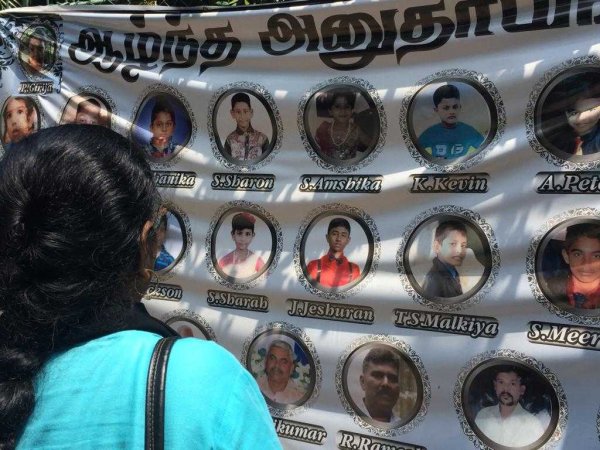

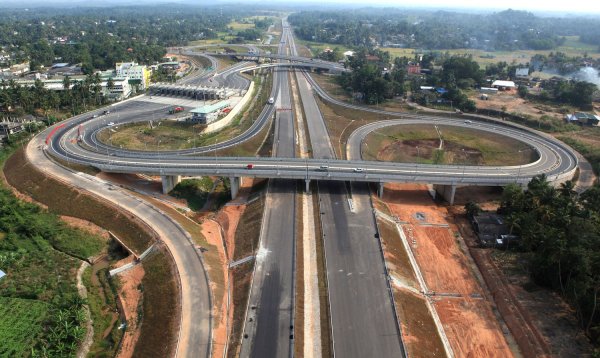

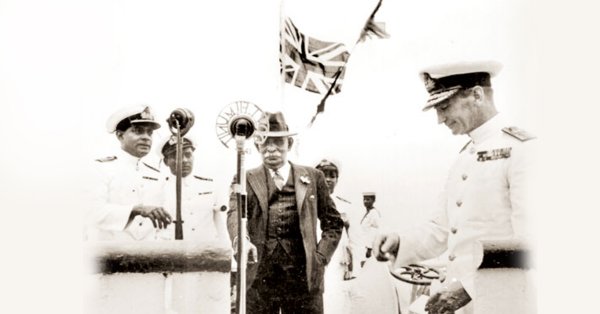
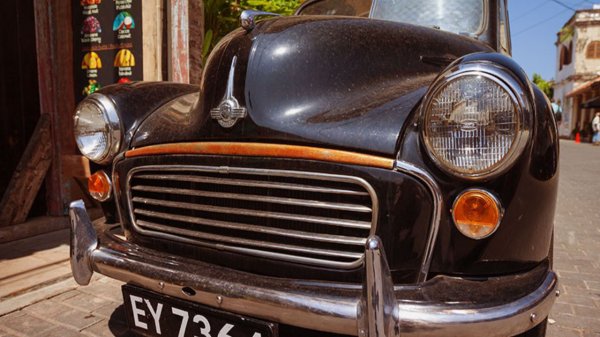
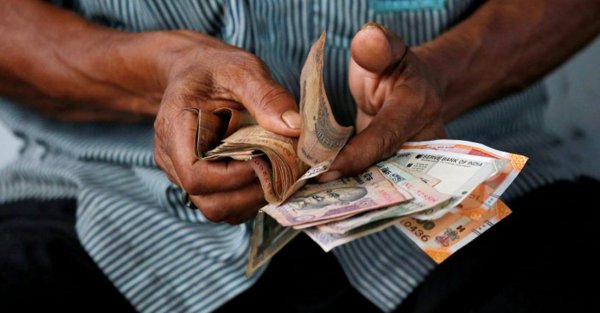
.jpg?w=600)